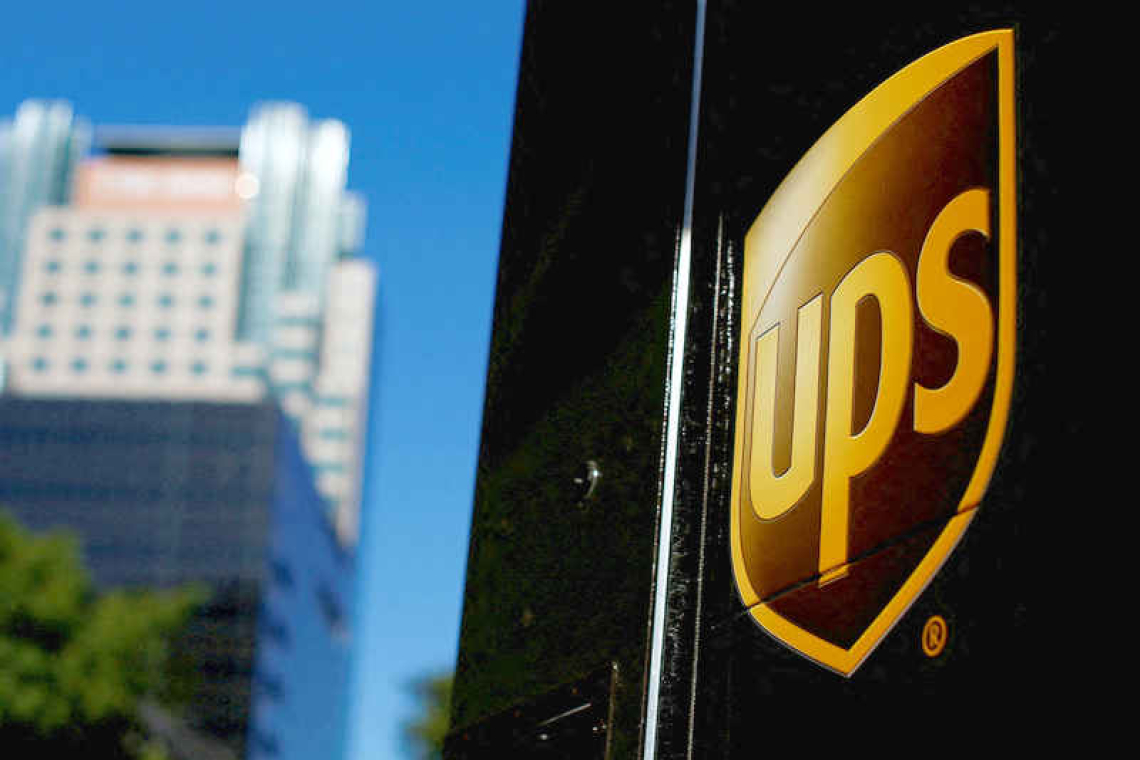LOS ANGELES--UPS, the world's biggest package delivery courier, is the first major industry player to announce this year's holiday surcharges, unveiling hefty hikes that analysts say could backfire.
The 2024 peak gift delivery season from Thanksgiving to Christmas Eve has just 17 operating days, versus the usual 20 or more days. That time crunch could push daily peak season volume to record highs, costing UPS extra for trucks, planes and staff to deliver holiday gifts on schedule, the company said. UPS is hiking fees to boost revenue which has fallen after online budget retailers Temu and Shein made low-margin, slower deliveries a bigger percentage of the Atlanta-based company's business. Wall Street analysts and industry consultants doubt that seasonal demand will be strong enough to support UPS's hikes and said customers could go elsewhere. "UPS is trying to will a better pricing market into existence," said delivery pricing consultant Nate Skiver, founder of LPF Spend Management. "We were surprised by the magnitude," Wolfe Research analyst Scott Group said of the surcharges announced on July 23. For the first time, UPS will levy a peak surcharge for commercial air shipments of items including COVID vaccines, which are in demand ahead of year-end gatherings, to free up cargo space and generate revenue. It will also reinstate a blanket per-package surcharge during the peak demand period. Overall, published UPS peak surcharges are up 10% or more from last year, shipping consultants said. "We think that the prices are going to stick because of what the environment is telling us from a demand perspective," UPS CEO Carol Tome said, noting that this year's peak season is the tightest since 2019. UPS peak surcharges generally range from about $1.50 per package for its most economical SurePost service to $8.25 for overnight air service, consultant Satish Jindel said. Among rivals, FedEx typically matches UPS's seasonal shipping surcharges, but has yet to announce its holiday strategy. The U.S. Postal Service has lots of excess capacity and any surcharge would not be more than 25 cents per package, Jindel said. Rapidly growing e-commerce companies Shein and PDD Holdings' Temu swamped the UPS network with shipments of goods like $10 dresses and $4 plastic toys direct from Chinese factories, depressing UPS earnings in the second quarter and prompting executives to cut their 2024 margin forecast. Shein and Temu, whose shipments can take a week or longer to reach shoppers, have accelerated a shift to slower, cheaper delivery services, deepening concern about slower profit growth at UPS. Amazon.com, the biggest UPS customer whose delivery times range from overnight to a few days, also is exploring slower direct-to-consumer shipments from factories in China, consultants said. Amazon declined to comment. Market forces may prevent UPS's hikes from taking hold, industry experts said. Retailers seem to be offering earlier holiday deals again this year, a practice that flattens demand during the peak season. Jindel estimated that U.S. delivery firms will handle about 90 million parcels per day during the holiday season, less than their capacity of 110 million parcels. "When the capacity is so much greater than the demand, people are not going to be receptive to paying a peak surcharge," said Jindel, who helped found the company that became FedEx Ground. And since the pandemic-fueled delivery boom ended in mid-2022, customers of UPS, FedEx and other package delivery firms have gained leverage in price negotiations. Couriers rolled back peak surcharges for many customers which asked for reductions last year when demand faltered. "You're going to see a lot more of these shippers start to stand up and push back," said Jey Yokeley, chief revenue officer at TransImpact, a consultancy that helps customers manage shipping budgets.







